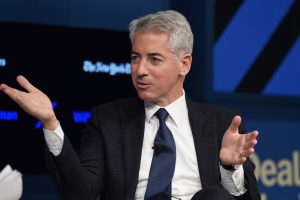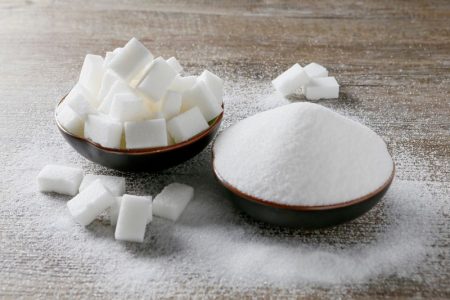By Harshit Verma
(Reuters) – Gold prices will rise in 2024 from this year’s average on bets that global central banks would start monetary policy easing and after the Middle East conflict provided a boost to gold’s safe-haven rally above $2,000, a Reuters poll showed on Wednesday.
The poll of 30 analysts and traders conducted in October returned a median forecast for gold at $1,986.5 a troy ounce for 2024, up from $1,925 expected this year.
Respondents have slightly lowered forecasts since July, when a similar poll predicted gold to average $1,988 per ounce in 2024 and $1,944.5 in 2023.
“Heightened geopolitical tension in the Middle East will continue to underpin gold in the short term, although we do not envisage a sustained challenge above $2,000 per ounce until Western central banks, particularly the (U.S.) Federal Reserve adopt a more accommodative stance,” Fastmarkets analyst James Moore said.
While most economists still say the Fed will cut by mid-2024, the latest poll shows just 55% backing that scenario compared with over 70% last month.
Gold, used to preserve wealth in times of economic and political uncertainty, rose over 7% in October as the Israel-Hamas war boosted safe-haven bets. The metal rose above the key psychological $2,000 level for the first time since May.
“Gold has had a long history of being a geopolitical hedging instrument and has performed true to its reputation,” said Nitesh Shah, commodity strategist at WisdomTree.
Carsten Menke from Julius Baer said “a return towards record-highs should only be possible in case of a severe slowdown of the U.S. economy, leading into a longer-lasting and broader-based recession.”
For silver the poll forecast median prices of $24.85 per ounce in 2024 and $23.20 in 2023, down slightly from the previous poll.
Silver, which shed over 2% in the third quarter, tracked bullion’s safe-haven fleet with an over 3% gain in October.
“We expect it to outperform gold in 2024 on the back of strong demand growth from the photovoltaic sector,” said Capital Economics analyst Caroline Bain.
Read the full article here















